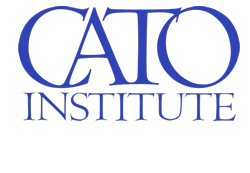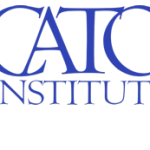Jeffrey A. Singer
Jeffrey A. Singer
Last week, President Donald Trump told a National Republican Congressional Committee audience that he intends to impose tariffs on pharmaceutical products entering the United States soon. Finished pharmaceutical products and active pharmaceutical ingredients (APIs) are not subject to the tariffs imposed last week. He hopes to “re-shore” pharmaceutical manufacturing. American patients, already facing declining health care access and rising health care costs, should brace for even greater challenges.
Approximately one-third of finished pharmaceutical products available in the United States are produced domestically. In 2024, the European Union (EU) exported $127 billion in pharmaceuticals to the US, its largest export to this country. Of this amount, $78.61 billion came from Ireland due to its favorable tax and regulatory environment and skilled workforce. In 2023, China exported $2.2 billion in pharmaceutical products to the US.
According to a report from Avalere Health, about 47 percent of APIs used to make medicines that Americans consume are imported from other countries. The EU is the largest foreign source of APIs produced for the US market, accounting for 26 percent, with India in second place at 18 percent. According to the FDA’s Center for Drug Evaluation and Research, API manufacturers operate 13 percent of their facilities in China, 28 percent in the United States, and 59 percent in other countries around the world. One recent study found that 90 percent of generic drugs rely on imported APIs. A 2022 report from the Food and Drug Administration’s Office of Generic Drugs estimated that 91 percent of all prescriptions filled by US pharmacies are filled as generics.
Surveys reveal that people are quite worried about the high prices of prescription drugs. A recent Kaiser Family Foundation (KFF) poll indicated that most Americans believe prescription medicines are too expensive, with 30 percent reporting difficulties in affording them. » Read More
https://www.cato.org/blog/making-medicine-cost-more-wont-make-america-healthy-again





